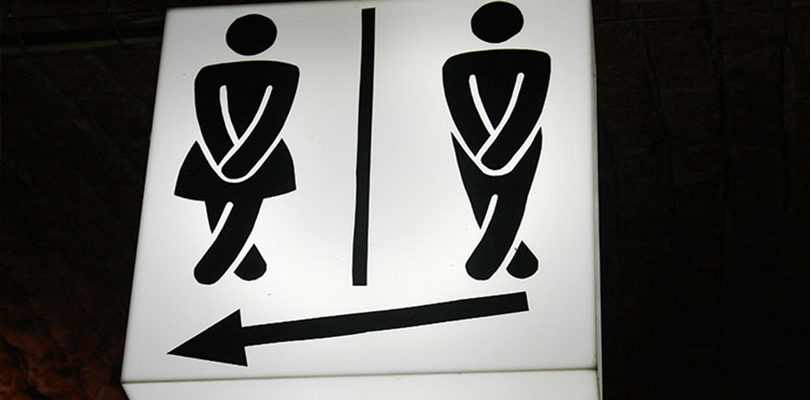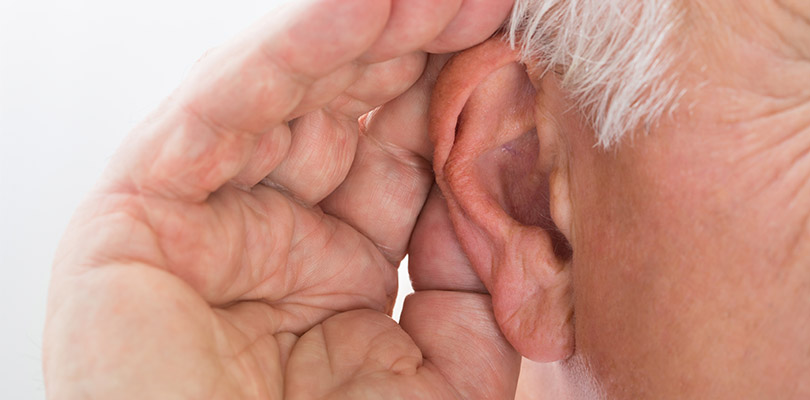Three Sleep Disorders to Know
Just like eating a healthy diet and regularly exercising, getting sufficient sleep is a fundamental part of maintaining a healthy lifestyle. Sleep enables the body to relax and restore energy, while simultaneously performing critical psychological and biological functions that influence mental and physical health. Healthy sleep refers to the quantity and quality of sleep that enable a person to uphold maximum alertness while awake.
Experts recommend approximately eight hours of quality sleep per night for adults, while more than eight hours of quality sleep is ideal for children and adolescents. Unfortunately, many individuals don’t achieve sufficient sleep and end up becoming chronically sleep deprived.
People who suffer from sleep disorders – such as narcolepsy, insomnia or sleep apnea – experience daytime sleepiness even if they receive adequate amounts of nighttime sleep.
What Is Narcolepsy?
Narcolepsy is a complication of the nervous system that interferes with the regulation of sleep and alertness. Individuals with narcolepsy suffer from extreme daytime sleepiness and recurrent, intense episodes of falling asleep during the day. These unexpected attacks may happen in the middle of any activity throughout the daytime.
Narcolepsy typically presents in individuals aged 15 to 25 years, but it can become obvious at any age. Like other sleep disorders, including insomnia and sleep apnea, narcolepsy is rarely diagnosed and is therefore often untreated.
In a normal sleep cycle, we first enter the initial phase of sleep, deeper sleep phases follow, and after approximately 90 minutes, rapid eye movement (REM) sleep begins. For individuals with narcolepsy, REM sleep happens almost instantly in the sleep cycle and also occurs sporadically during the waking hours.
What Are the Warning Signs of Narcolepsy?
- Excessive daytime sleepiness (EDS). EDS impedes normal daily activities even when the individual with narcolepsy has adequate sleep at night. Individuals with EDS experience mental cloudiness, memory lapses, extreme exhaustion, and a lack of alertness.
- Hallucinations. These hallucinogenic experiences often involve the visual senses and are intense and often scary. When these hallucinations accompany sleep onset, they are known as hypnagogic hallucinations, and when they occur during awakening, they are referred to as hypnopompic hallucinations.
- Sleep paralysis. During these episodes, individuals are unable to move or talk while sleeping as well as waking up. They can last from a couple of seconds to several minutes. Once an episode ends, the affected individual quickly regains their full ability to move and talk.
- Cataplexy. This symptom entails an unexpected loss of muscle tone, which results in feelings of faintness and a lack of voluntary muscle control. It can result in symptoms such as slurred speech and whole body collapse based on the muscles affected. Intense emotions, including surprise, anger, or laughter, can trigger this symptom in people with narcolepsy.
A bladder infection, also known as cystitis, is when the bladder becomes infected with bacteria or fungi. It is quite common and can be very uncomfortable.
The progress, seriousness, and order of occurrence of narcoleptic symptoms aren’t the same in every individual. In fact, not all individuals with the disorder develop all four symptoms.
Excessive daytime sleepiness usually continues throughout life but hypnagogic hallucinations and sleep paralysis may be temporary. The narcolepsy symptoms, particularly cataplexy and excessive daytime sleepiness, may result in a serious interference with personal and professional life.
What Is Insomnia?
Insomnia is the most prevalent sleep disorder. People with insomnia struggle to fall asleep or maintain sleep each night or most nights, irrespective of an adequate chance to sleep. Other common symptoms of insomnia are losing sleep extremely early in the morning and struggling to fall back to sleep, as well as getting a poor night’s sleep.
Due to disturbed sleep, the affected individual often feels weary and irritable the following day and finds it difficult to focus on day-to-day tasks. Individuals with psychological issues such as depression, or other sleep disorders such as sleep apnea, may experience insomnia as a symptom.
Transient insomnia may last from one night to a couple of weeks, while chronic insomnia may last from months to years.
What Is Sleep Apnea?
Sleep apnea is a severe, possibly life-threatening condition defined by frequent, temporary disruptions of airflow when sleeping. The most common type of sleep apnea is obstructive sleep apnea, which occurs when excess tissues, expanded tonsils, or an enlarged uvula cause the airway to thin. Breathing becomes difficult when air cannot pass into or out of the mouth or nose.
The heightened effort of breathing results in a suction force in the upper section of the airway, worsening the situation. The outcome is a pause in airflow, deep snoring, and reduced amounts of oxygen and high amounts of carbon dioxide in the blood that leads to sleep disruption.
Sleep apnea occurs in all age groups, as well as both sexes, but men are most commonly affected. While not every person that snores has this sleep disorder, those that are overweight, snore loudly, are hypertensive, or have some physical defect in the throat, nose, or other section of the upper airway and are extremely sleepy, should consider a sleep apnea evaluation.
Conclusion
Sleep disorders can be extremely disruptive to an individual’s personal and professional life.
It’s important that affected individuals speak to their doctor about the symptoms that they’re experiencing so that they can get an accurate diagnosis and effective treatment can be initiated.







